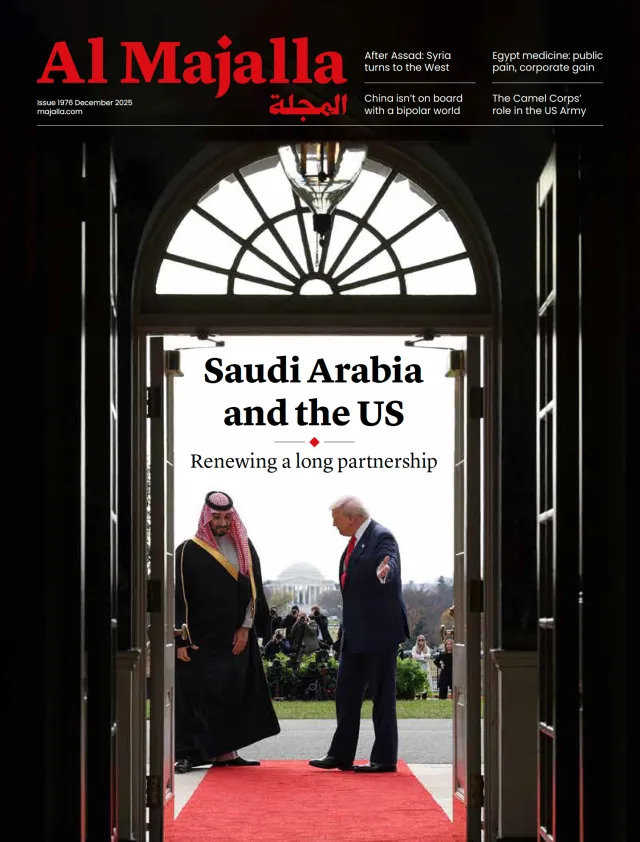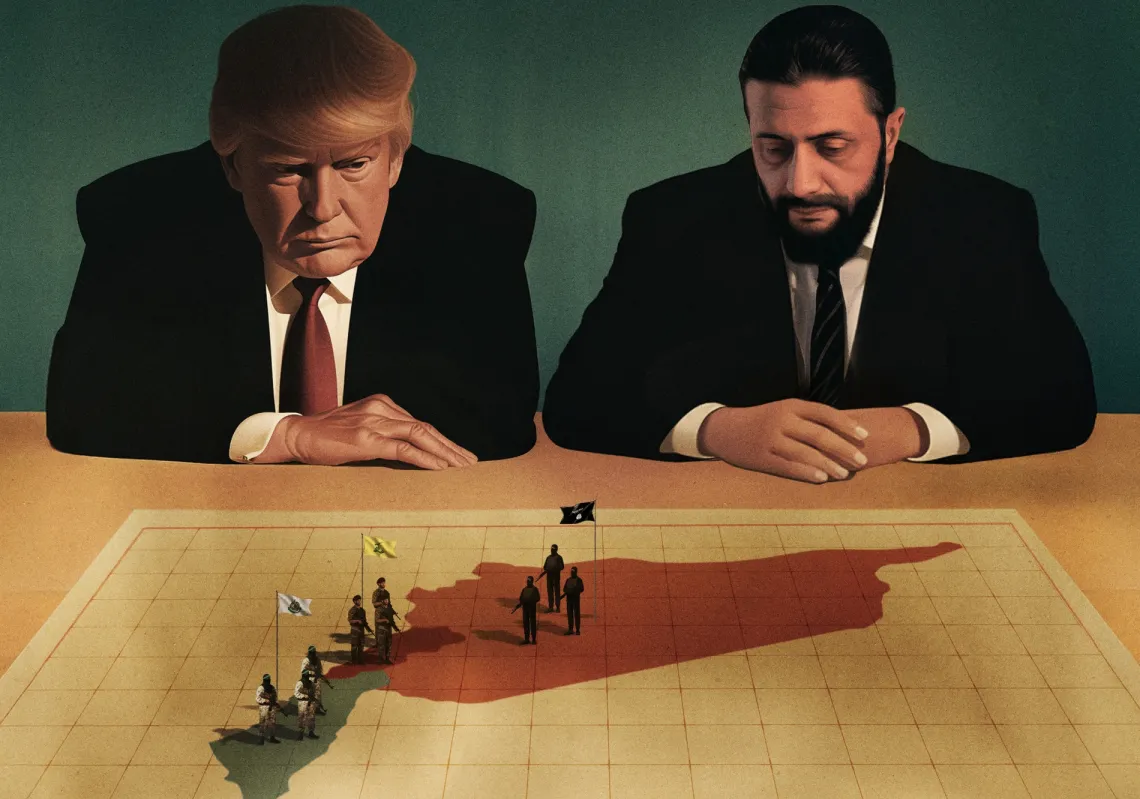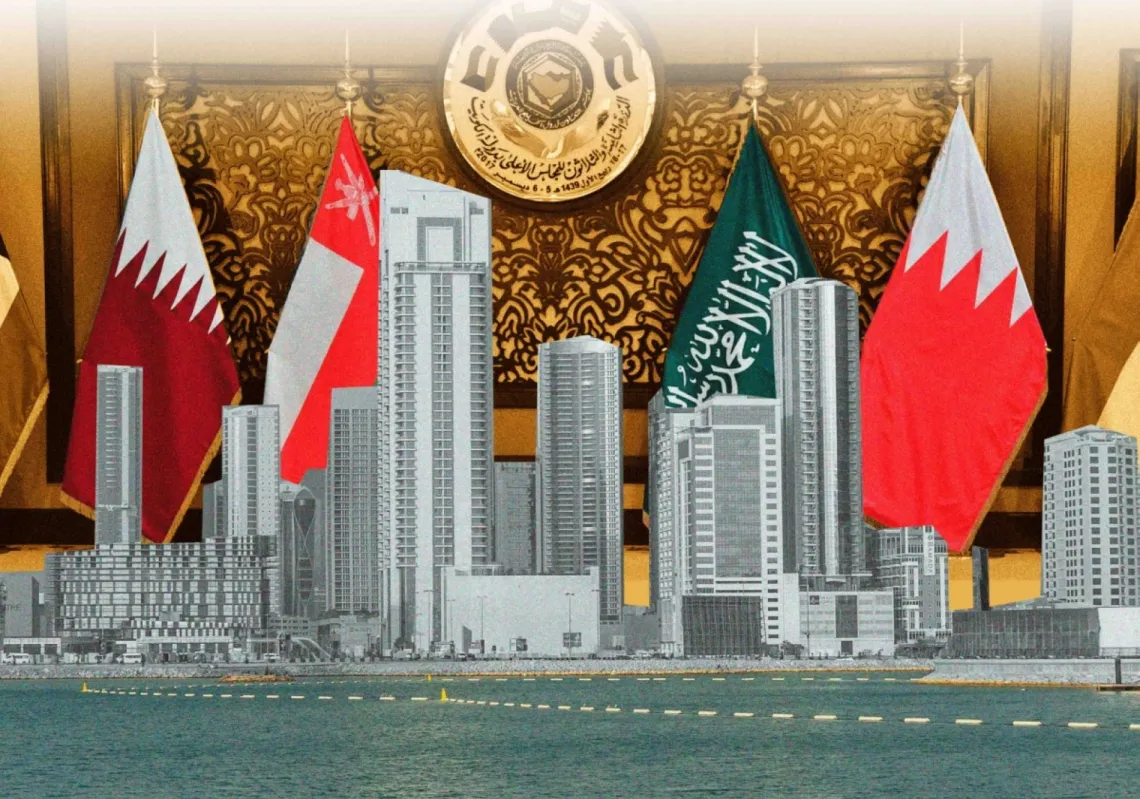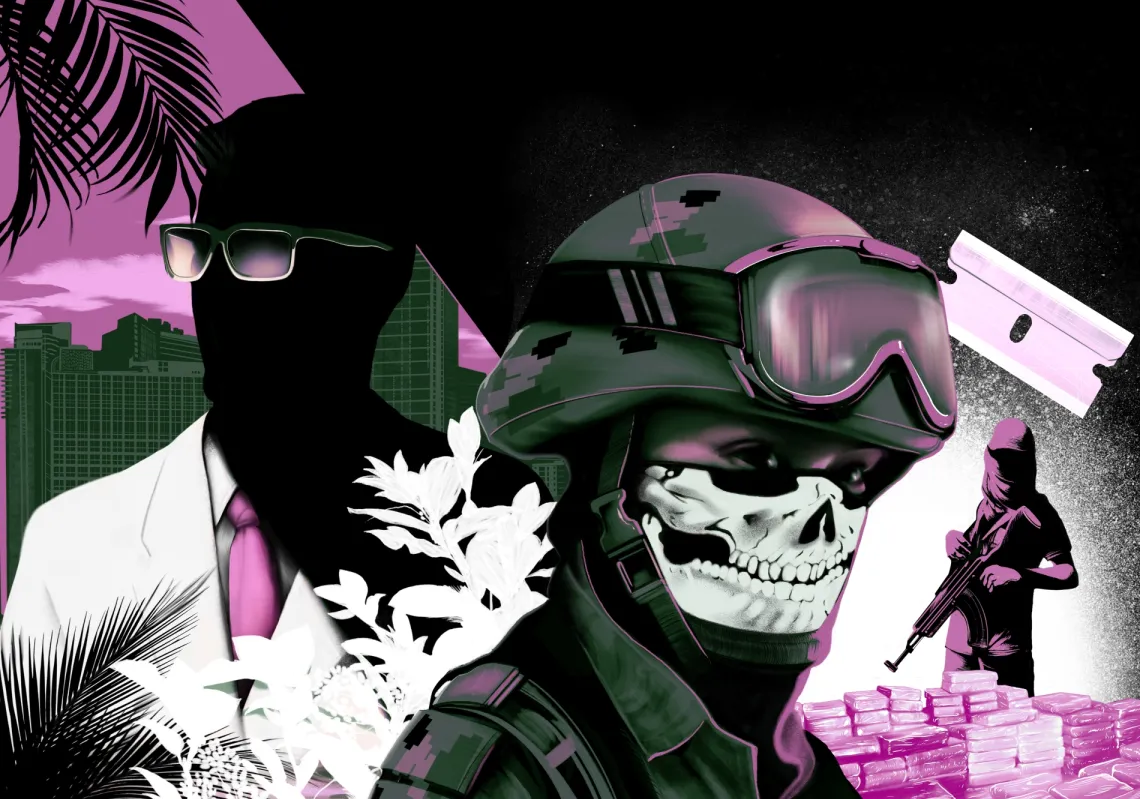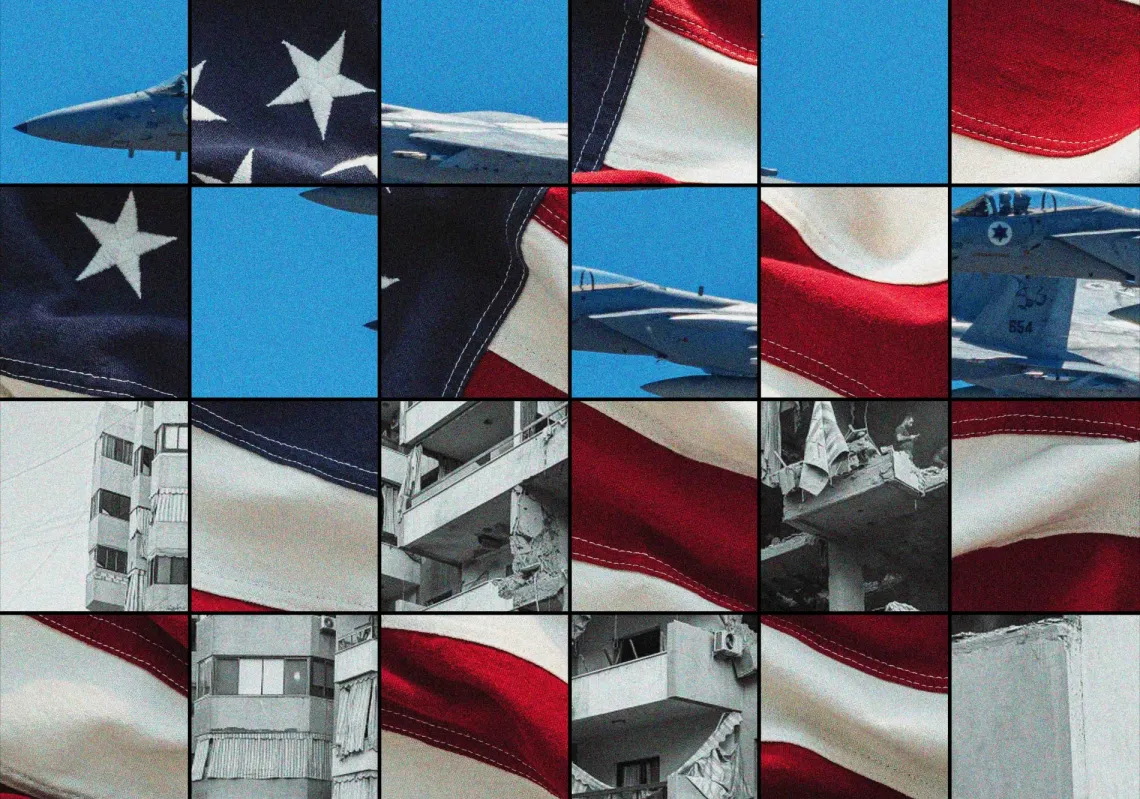Militias are once again in the new. With the toppling of the Bashar al-Assad regime in Syria by the rebel forces of Hay'at Tahrir al-Sham (HTS) in December, questions abound about the country’s future stability.
Several militias, including those controlled by the Kurds, control different sections of the country. But what is the historical pattern when it comes to militias? Do they represent a force of stability within a state, or do they pose a fundamental challenge to state stability? The historical record is complicated, but there appears to be a pattern of militias prospering in periods of weakened or non-existent state authority.
Militias symbolise an era before the existence of powerful states and everything we associate with them, including standing armies. Their loyalties are based on kinship or some other category and not on the nation-state. Through military force, they frequently challenge existing state forces but at other times serve at the behest of a state, either to enforce internal security or to pursue state interests externally.
Ancient roots
Militias—the term is at least in part derived from the Latin word for soldier—have existed for centuries. Indeed, their presence can be traced as far back as Macedonia in the 5th century B.C.E. In parts of Medieval Europe, militias became a regular feature, and local leaders required able-bodied adult males to serve at some point in their lives.
Before 1066 A.D. in Britain during the Anglo-Saxon period, the militia, known as fyrd, existed in order to defend against raids by the Vikings. Militias as a major power began to decline in the Middle Ages with the start of professional militaries—a trend that would only escalate over several centuries, particularly in the 19th century, with the rise of modern states.
The fyrd could mobilize about 14,000 men, though this was rarely done, and they served for two months unless in emergencies.
The king also had elite warriors called housecarls, better armored than the fyrd, who fought alongside local elites. Both the fyrd and housecarls fought... pic.twitter.com/VKB4gBMepL
— The Medieval Scholar (@MedievalScholar) October 14, 2024
Despite weakening over time, militias never disappeared and would frequently demonstrate their continued significance. Take, for instance, their pivotal role in the American Revolution between 1775 and 1783. Militias had existed in colonial America since the 17th century, first organised around towns and then later counties.
The challenge by colonists against King George III and the might of Britain would not have been successful without the involvement of militias, especially early in the conflict, as the American Continental Army was small and poorly trained and equipped. The most famous of the militias to participate was the Minutemen, who played an important role in the initial years of American efforts against the British.
The 20th century oversaw the professionalisation of warfare across two global conflagrations. Nevertheless, in an era of disruption through decolonisation and the reordering of nation-states that followed the end of World War I and World War II and then the end of the Cold War, militias continued to play a part in various conflicts.
Modern examples
Take one of the most famous recent militias: Hezbollah. It formed in the wake of the 1982 Israeli invasion of Lebanon in pursuit of the Palestinian Liberation Organisation and its leader, Yasser Arafat. Hezbollah, with the support of the Iranian government, arose to represent many of the Shiite population of Lebanon, and it emerged officially in 1985 with a variety of capacities, including a military wing.
Even after the end of the long-running Lebanese civil war, Hezbollah maintained a militia that grew in military strength to rival the Lebanese army. In 2006, the Israeli army invaded southern Lebanon and fought a month-long war in which Hezbollah fighters held their own against it.

By 2011, Hezbollah was far stronger than the Lebanese army and even supplied fighters to support the Assad regime in Syria during the internal conflict that began in 2011 as part of the Arab Spring. Hezbollah’s successes militarily made itself a major target for Israel, which devoted considerable resources and ruthlessness to countering it, dealing significant blows to it in the last few months by taking out its top brass leadership, including its famous Secretary-General Hassan Nasrallah.
It wasn’t only Lebanon that experienced the sort of turmoil in which militias flourish. The breakup of the former Yugoslavia in 1991 with the ending of the Cold War would unleash widespread militia activity along ethnic lines, including Serbian, Croatian, and Muslim forces. The country had a history of militia activities, most prominently during World War II, when groups reflecting the widespread divisions fought with forces on both sides of the conflict. With the collapse of Yugoslavia, armed ethnic conflict ensued involving militias, during which atrocities abounded. Militia involvement continued in the subsequent battle over Kosovo from 1998 to 1999.
Most recently, perhaps, is the example of Sudan, where millions of people have been displaced as part of a civil war that began in 2023. The main antagonist fighting against the Sudanese military is the Rapid Support Forces (RSF), which was formed out of Arab militias in 2013 by Omar al-Bashir, the then-leader of Sudan, as a counterinsurgency force to target separatist forces in the Darfur region of Sudan. It grew in power and influence before directly challenging the remnants of the Sudanese state in the ongoing conflict.
It isn’t just countries like Lebanon or the former Yugoslavia, Sudan, or Syria where militias are active. Take the United States. Drawing upon the real and mythologised American Revolutionary past, in which citizen militias rose up to help cast out the British, far-right militias have experienced growth over the past 40 years. They achieved widespread attention in 1995 in the aftermath of the Oklahoma City bombing, in which 168 people were killed when it emerged that the two individuals responsible for the attack had attended meetings of a group called the Michigan Militia.

Since then, militia activity in the United States has had a pattern of rising and falling depending on domestic political events. In the first Donald Trump presidential administration, far-right militias with thousands of members, such as the Oath Keepers and the Three Percenters—the latter taking its name from the dubious claim that only 3% of American colonists took up arms against the British during the American Revolution—received a level of unprecedented attention in a country where owning firearms is a right and not a privilege.
The historical pattern of militias suggests they represent more of a symptom than a cause of instability within a nation-state. When a central authority is absent, in a weakened condition, or lacks legitimacy, militias arise. What this foreshadows for Syria is unclear beyond the obvious point that the continued existence of powerful militias is conclusive evidence that the country continues to be fundamentally fractured.

